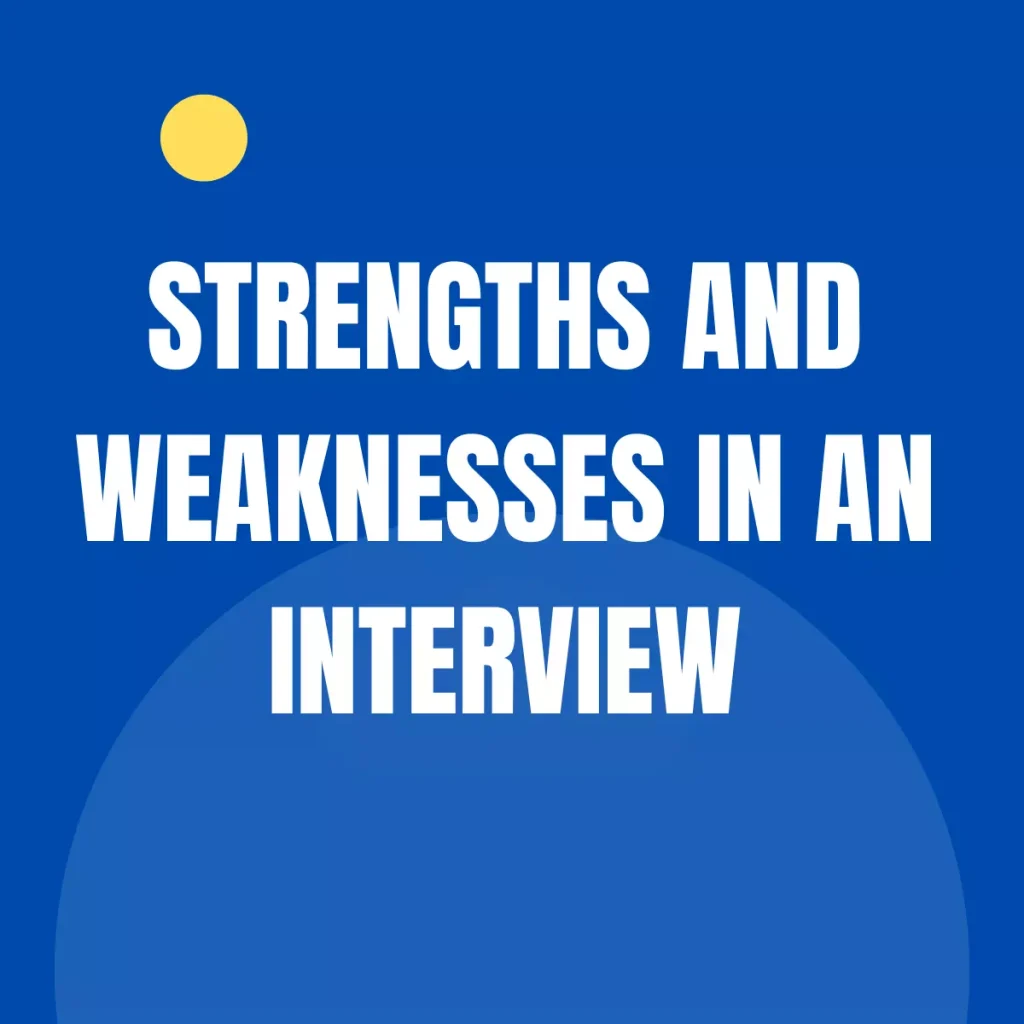Introduction: Incorporating Storytelling into Your Resume
A resume is a crucial tool that job seekers use to showcase their skills, experiences, and qualifications. However, in today’s competitive job market, a well-crafted resume alone might not be enough to make you stand out from the crowd. This is where storytelling comes into play. By incorporating storytelling techniques into your resume, you can captivate hiring managers and leave a lasting impression. In this blog post, we will explore the power of storytelling in resumes and provide answers to some frequently asked questions about this innovative approach.
10 FAQs about Incorporating Storytelling into Your Resume
1. What is storytelling in the context of a resume?
Storytelling in a resume refers to using narrative techniques to convey your professional journey effectively. It involves crafting compelling stories that highlight your achievements, challenges overcome, and the skills you have developed along the way.
2. How can storytelling enhance my resume?
Storytelling brings life to your resume. It allows you to engage the reader and create a connection by sharing your experiences in a more personal and memorable way. By showcasing your skills through storytelling, you give the hiring manager a deeper understanding of your abilities.
3. What elements should I include in a storytelling resume?
A storytelling resume should include a clear beginning, middle, and end. Begin with an engaging introduction, present your experiences and achievements in a coherent and chronological manner, and conclude with a summary that reinforces your key skills and qualifications.
4. Should I include personal anecdotes in my storytelling resume?
While personal anecdotes can add a human touch to your resume, it is essential to strike a balance. Focus on keeping the anecdotes relevant to your professional experiences and choose ones that demonstrate qualities or skills that are valuable in the job you are applying for.
5. How can I improve my storytelling skills for my resume?
To improve your storytelling skills, start by brainstorming and outlining the key elements of your professional journey. Identify pivotal moments, challenges you have overcome, and successes you have achieved. Then, practice crafting concise and impactful stories that highlight your achievements and growth.
6. Can I use storytelling for all types of resumes?
Storytelling can be effective in most resume formats. Whether you are using a chronological, functional, or combination format, you can incorporate storytelling elements to make your resume more engaging.
7. What are some storytelling techniques I can use in my resume?
Some storytelling techniques you can use in your resume include using descriptive language, incorporating vivid examples, creating a narrative flow, and utilizing the problem-solution structure. These techniques will enable you to create a compelling story that captures the reader’s attention.
8. Should I prioritize storytelling over facts and figures in my resume?
While storytelling is an important aspect of your resume, it should complement, not replace, facts and figures. Incorporate relevant quantifiable achievements, statistics, and data to support your storytelling and provide evidence of your expertise.
9. Can storytelling make my resume longer?
Storytelling does not necessarily mean your resume will be longer. The key is to be concise and selective in choosing which stories to include. Focus on impactful and relevant experiences that demonstrate your skills and qualifications rather than including every detail of your professional journey.
10. How do I know if my storytelling resume is effective?
An effective storytelling resume will leave a lasting impression on the reader. It should resonate with the hiring manager, demonstrate your value proposition, and make you stand out from other candidates. Consider seeking feedback from professionals or recruiters to ensure your storytelling approach is effective.
Conclusion: Incorporating Storytelling into Your Resume
Incorporating storytelling techniques into your resume can be a game-changer in the job search process. By crafting engaging narratives that showcase your experiences and skills, you can leave a lasting impression on hiring managers. Remember to strike a balance between storytelling and conveying factual information to ensure your resume remains concise and effective. With a storytelling resume, you have the opportunity to stand out from the competition and increase your chances of landing your dream job.




